The story I’m about to tell happened more than three years ago, so I feel comfortable finally airing it out, knowing that the places and persons involved have forgotten this conversation and completely moved on. It all started when I submitted a bio for an article (to a publication I’ll not name, as I don’t blame them for what happened). I briefly stated that I was an off-grid homesteader living in the Ozarks.

When the article was accepted and a proof was sent my way, I noticed that my bio had been inexplicably changed to “farmer.” Having never sold a single vegetable in my life, I laughed and contacted the editor to set things right. When she replied, however, she apologetically informed me that the term “homesteader” had been deemed too offensive by some of the editorial staff. I remember spinning meditatively in my chair as the email sat open on my computer, fighting waves of frustration. It’s not every day that you are told that your chosen existence is too unpalatable to print.
Rather than replying right away (never a good idea when you’re annoyed), I decided to do what all good word-nerds do, and go to my old 90s dictionary for succor instead. Imagine my sudden shock and discomfort when I finally flipped past the first few H-entries to look up the word homesteading.
Homesteading: To acquire or settle on land under a homestead law.
Homestead Law: Provided 160 acres of public land free of charge (except for a small filing fee) to anyone who was either 21 years of age or head of a family, who was a citizen or person who had filed for citizenship, and who had lived on and cultivated the land for at least five years.
I read it five times, then spun in my chair again. I’d lived as a homesteader for years. I thought that I understood, deeply and personally, what the term meant. And yet, clear as the words on a printed page was a definition describing — not what I was doing. At all. My husband and I hadn’t been given our land for free. And we didn’t have to stake a claim, prove our claim, or correspond with the government in any way to stay on our land.
So … what was I doing exactly? How could I fight for my right to be identified as a homesteader if I didn’t fit the definition in the first place? With the fevered frenzy of a word nerd who realized she’d potentially been using a term incorrectly (the horror!) I launched into a full-scale research assault to learn exactly what homesteading means, and if I could claim it for my own.
Here’s what I found.
Defining Homesteading
Considering we have more than 1,500 articles on homesteading-related topics here on Insteading, you’d think writing this section would be a cinch. Truly defining this term, however, is far more complicated than you might think. Start looking into it, and you’ll see that homesteading is a chapter from early United States history, but it is also a modern lifestyle choice. Homesteading was the goal of all back-to-the-landers of the 60s and 70s. Or was it the goal of back-to-the-landers the 20s and 30s? What about all those farmers who have “Welcome to the Homestead” signs hanging above their kitchen stoves?
Seems like we need to establish more definitions.
What Is Homesteading? (12th Century Version)
The term “homestead” existed for a long time, well before there were covered wagons, Oregon Trails, or an American Frontier. Originally, a homestead was the Old English name of an ancestral home — the house and adjoining land occupied by a family. Turns out those “Welcome to the Homestead” signs are the same as saying “Welcome Home.”
What Is Homesteading? (1850s version)

When homesteading is referred to in a historical context, it almost always refers to the movement that followed the 1862 Homestead Act. The U.S. government, currently in the process of expanding westward, made a seemingly generous offer — 160 acres of land in exchange for a small fee and proof that the applicants were able to work the land and improve it — notably, by getting a house in place. Every homesteader had five years to prove their claim. As a result, hordes of people of all stripes sold everything, loaded up covered wagons, and sought a new life past the Mississippi River.
There’s an undeniably dark underbelly to the story when you realize countless families, villages, and nations of Native Americans were forcibly removed to make room for those new settlers, and that the settlers were really being used to create infrastructure — even if they didn’t survive to use it themselves.
Historical accounts and novels abound with tales of the hardship, death, and grim determination of these pioneers. You’ve read firsthand accounts of these pioneers in many books, probably most popularly in Laura Ingalls Wilder’s Little House on the Prairie series. If you want a slightly grittier version of capitalizing on the same family’s history, you can also peruse Laura’s daughter, Rose Wilder Lane’s version of events in Free Land.
Though it wasn’t a homesteading book at the time, Henry David Thoreau’s Walden was also published during this time period (1854). His reflective chronicle on self-reliance became an integral part of later homesteading movements.
What Is Homesteading? (1930s Version)

Fast-forward to a world reeling after the Great War and the Great Depression. Young adults who had survived both (often termed the Lost Generation), were disaffected, disappointed, traumatized, and disillusioned. Though some took to pointless hedonism (a trend aptly described in Hemmingway’s The Sun Also Rises), others decided to shirk off their version of modernity and take to the woods for a more meaningful life. Not all of these people called themselves homesteaders — their grandparents, after all, may have been the children of the original homesteaders — but their self-built lives were very much cut off the same cloth.
Ralph Borsodi’s Flight From the City was a seminal work that gave voice to the 1930s zeitgeist of leaving the madness of post-war urban life. A notable, firsthand account can be found in We Took to the Woods by Louise Dickinson Rich, describing her adventures in a chosen, backwoods life. And no one can talk about this time in history without mentioning Scott and Helen Nearing, whose book The Good Life became a manual for many rural-bound city escapees in the decades to come.
What Is Homesteading? (1960 – 1970s Version)

Now jump through a few more tumultuous decades and we find ourselves in a United States of America rife with deep social turmoil and upheaval: JFK, Summer of Love, The Bomb, Vietnam, Energy Crisis, and Watergate.
I only have to throw out a handful of these words to spark the imagery of a population of people whose confidence in their federal government, the status quo, and their relationship with the environment was shaken to its core. An incredibly diverse array of identity groups and movements emerged from this roiling cultural pool, and one of those pertinent to this article is the most recent back-to-the-land movement. These movements have happened across the world for millennia, including during the fall of the Roman Empire (the subtext of that doesn’t escape me). Wanting to return to a more simple, sane way of life that was both connected to the earth and respectful of it, a new generation of homesteaders ranged out of cities to find their land and start up a homestead.
To understand this time period a bit more viscerally, you can find firsthand accounts of these people in 1970s issues of The Mother Earth News. If you’ve only read the modern version of the magazine (now called Mother Earth News), you’ll find that the older copies are an entirely different animal.
Another fascinating window into this time is The Last Whole Earth Catalog. This impossible-to-define document has sometimes been referred to as the Internet-before-the-internet, and it is part merchandise catalog, part novel, part manifesto, and wholly revelatory of the decade that created it.
So We Ask Again, What Is Homesteading? (Modern Version)
The modern definition of homesteading is the most complicated to research, and the least defined. Every major movement back-to-the-land has been seemingly prompted by a major shift in history — this modern one is as well, but as someone living in the throes of it, it’s hard for me to choose a singular impetus that’s broadly applicable. I have talked with many modern homesteaders, and I have noticed that all of us have distinctly personal — and diverse — motivations for changing our lives like we have.
As such, you can find homesteaders in a huge range of places. On YouTube documenting their everyday lives. On blogs that run the gamut from off-grid families to house-building documentaries to parents sharing their experiences with homeschooling. There are folks transforming abandoned city lots into gardens, or suburbanites ripping out lawns and turning them into plots to grow their own food.
Others have huge tracts of inherited land that has been farmed since the original homestead days. Other homesteaders have rejected modernity. There’s no trace of them online (and that’s exactly how they like it).
If you look at the lives of all people mentioned above, you’ll notice a trend. They started out in a place where they were dissatisfied with their situation. They then relocated to a new area and started a new life of self-reliance, independence, and some degree of self-sufficiency.
While motivation to jump ship from the normal way of life was a deeply personal political, moral, spiritual, or economic reason (or all the above), the point is, it motivated them to leave and start over on a patch of land they called their own. Homesteading in the modern age still follows the same trend.
So is there a single, simple definition for modern homesteading? I found out the current dictionaries have been updated to reflect modern homesteading, which would have immediately given me the proof I’d been looking for. But I’m glad for my dusty old dictionary setting me off on this journey like it did. As someone who has lived this life and done tons of reading and research along the way, I’ll give it my own take.

At its simplest, homesteading is when an individual, couple, or family relocates to a piece of land, and endeavors to live a life of independence and self-reliance. You don’t need to have a full 160 acres (though you do need to have some land to use for resources). You don’t have to live off-grid (though many do), you don’t need to have a presence on social media (I certainly don’t), you don’t need to sell vegetables, and you don’t have to have a full barn of livestock. The heart of modern homesteading is to independently take care of as many of your own needs as possible, and for every homesteader out there, there’s a personalized, unique way that they have figured out how to do just that.
Post Script
When it came time to print the article I mentioned in the intro, knowing that the editor was not the one who had complained, I asked her to at least write that I had gone back-to-the-land, not wanting to masquerade as the farmer I clearly wasn’t. The article ran without issue. I continued to write articles for them about homesteading — by name, no less — and was never corrected again.
And funnily enough, the whole reason the term was deemed offensive in the first place was because it was, as the editor put it, “weighted against Native Americans.” Now the offended editor hadn’t done much research on modern homestead law, because In a somewhat ironic, coincidental, or justifiable (take your pick) twist of history, the only folks currently, actually, truly, legally able to call themselves real homesteaders are military veterans of Native Alaskan heritage. The last government-issued tracts of 160 acres are accessible by Alaskans who apply to the last true homesteading program still in existence, and if they’ve been so bold as to embark on that adventure, I doubt they’re offending themselves.



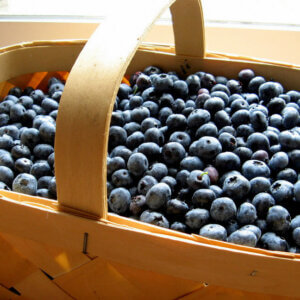
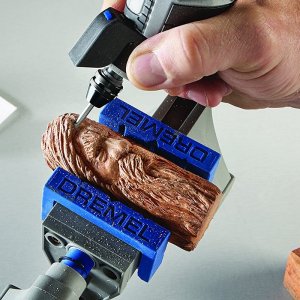

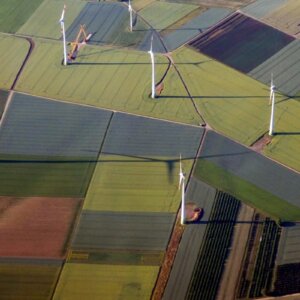
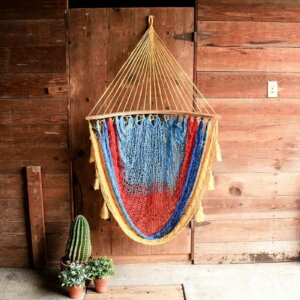


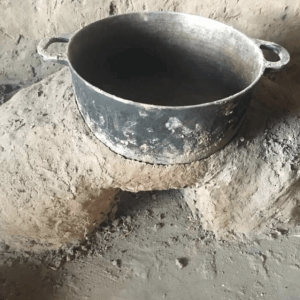
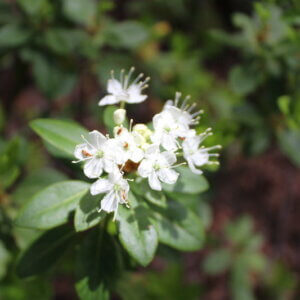
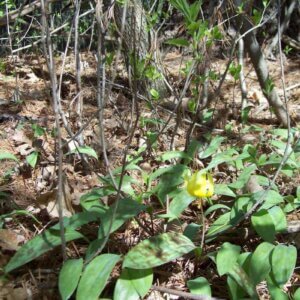




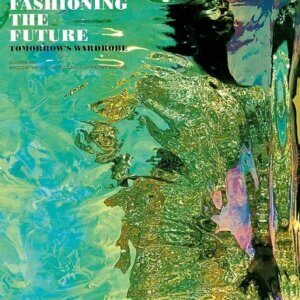

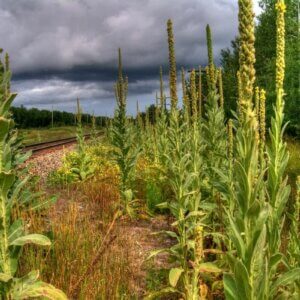

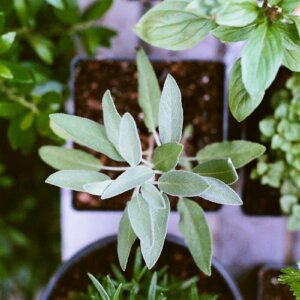

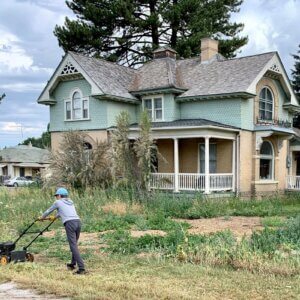




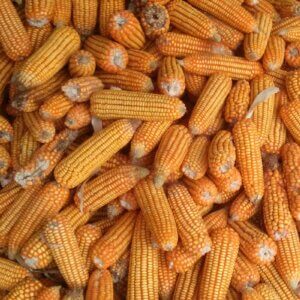



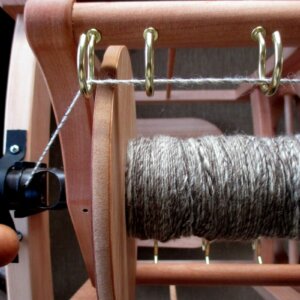
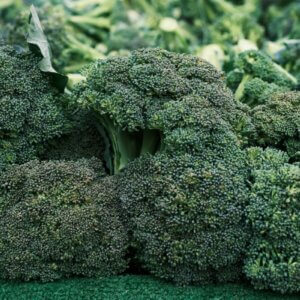
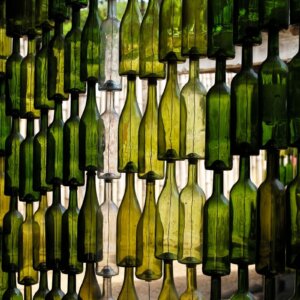




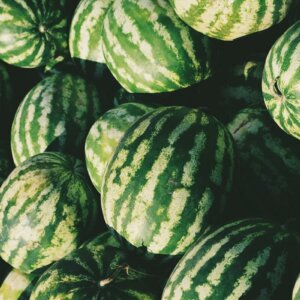

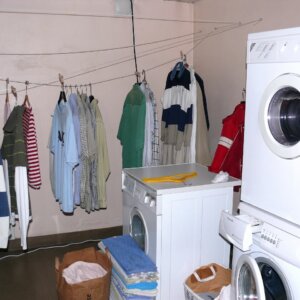
I would love to know more about your way of life. How could myself and my husband go about doing this? He is a teacher, and I am a retired nurse. Where do we start?
Sincerely,
Leah